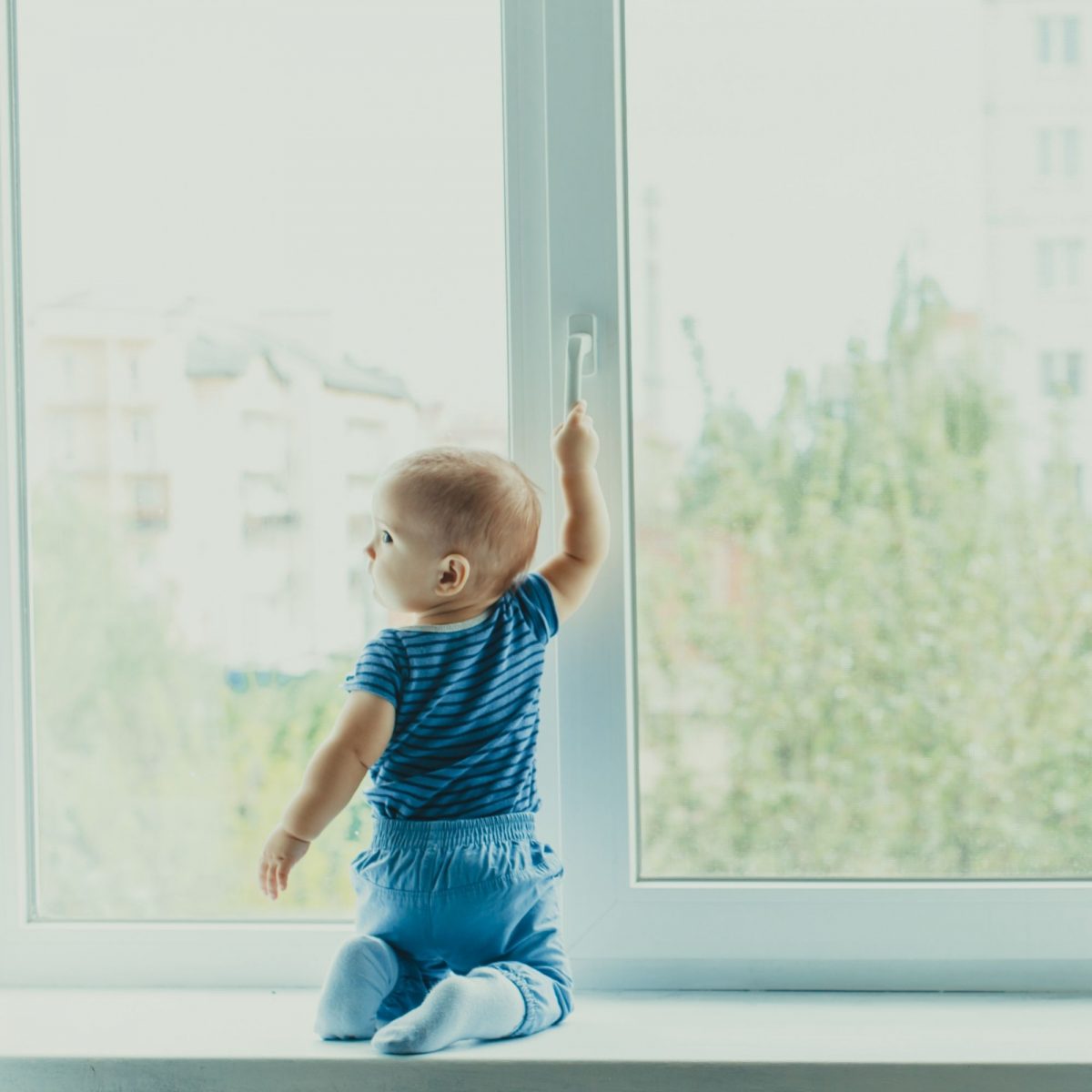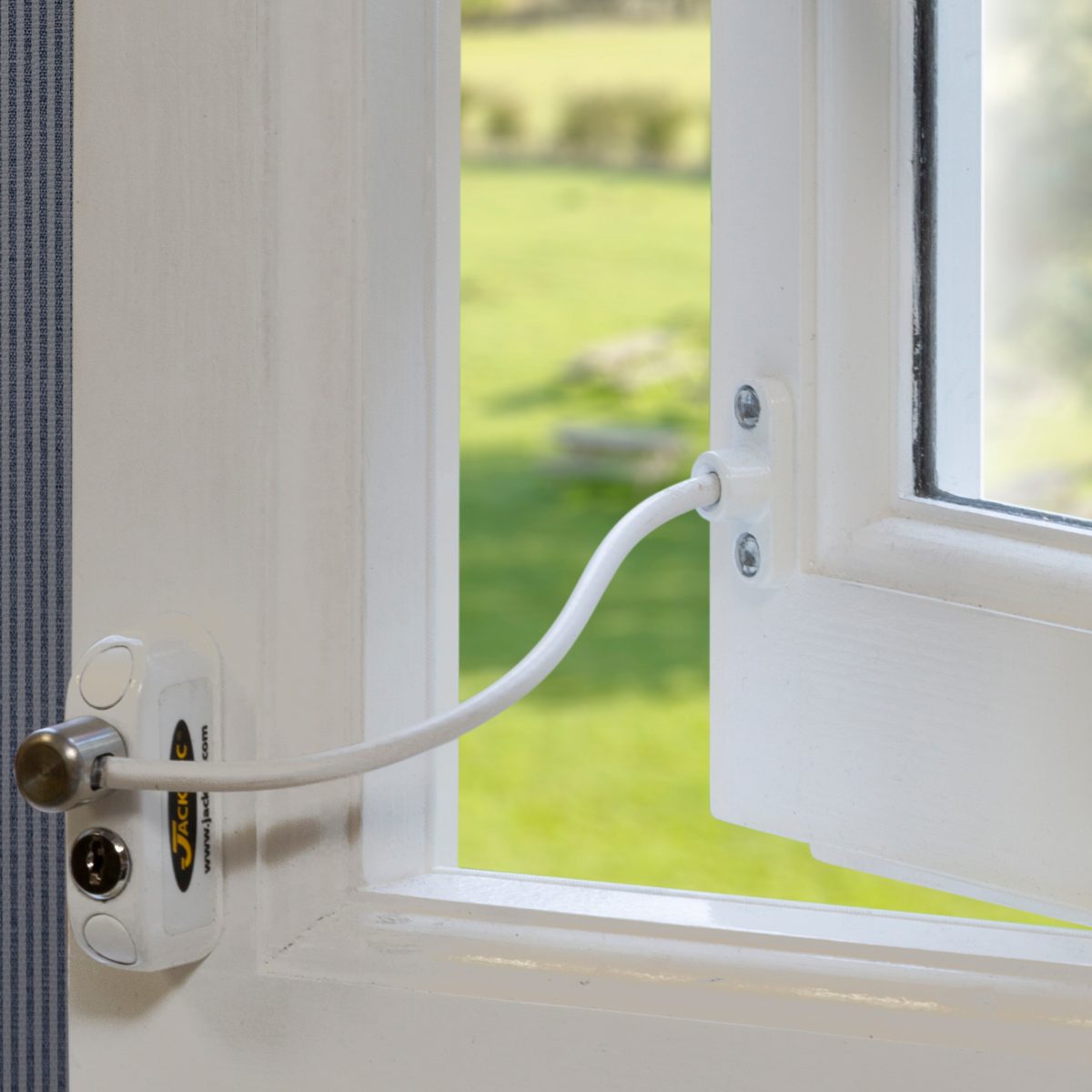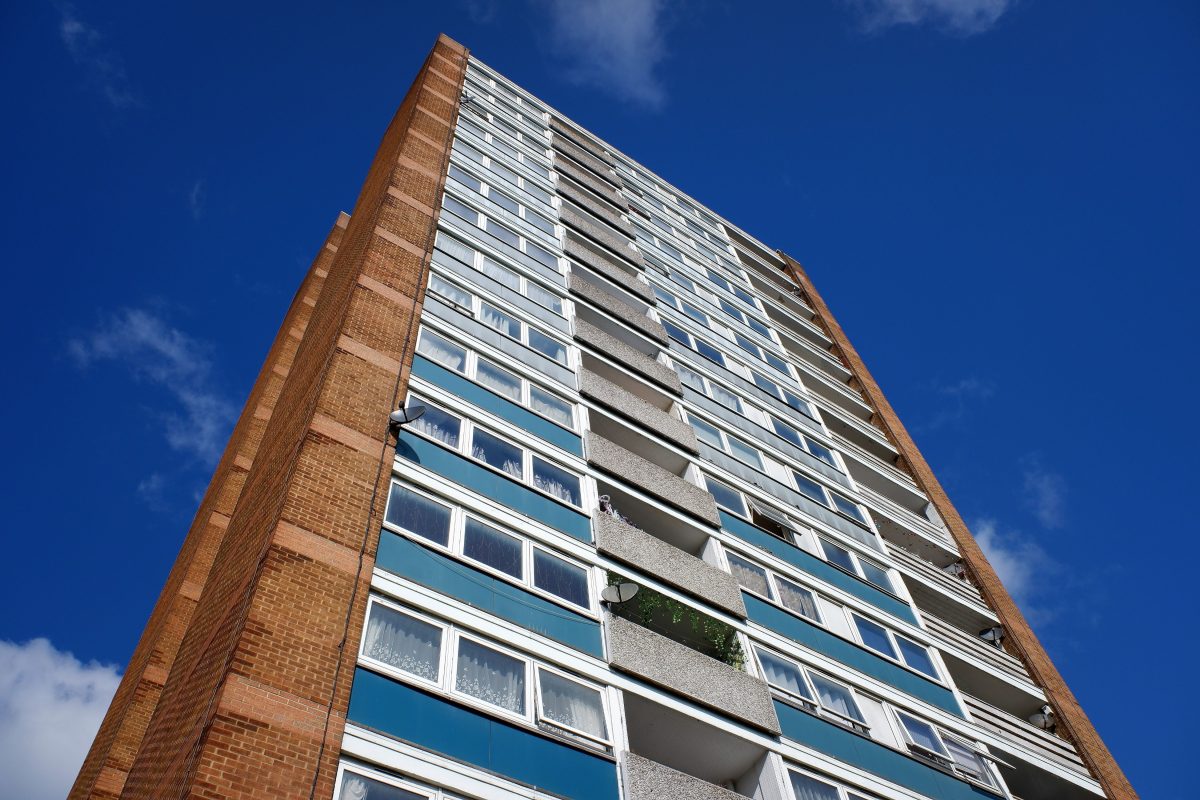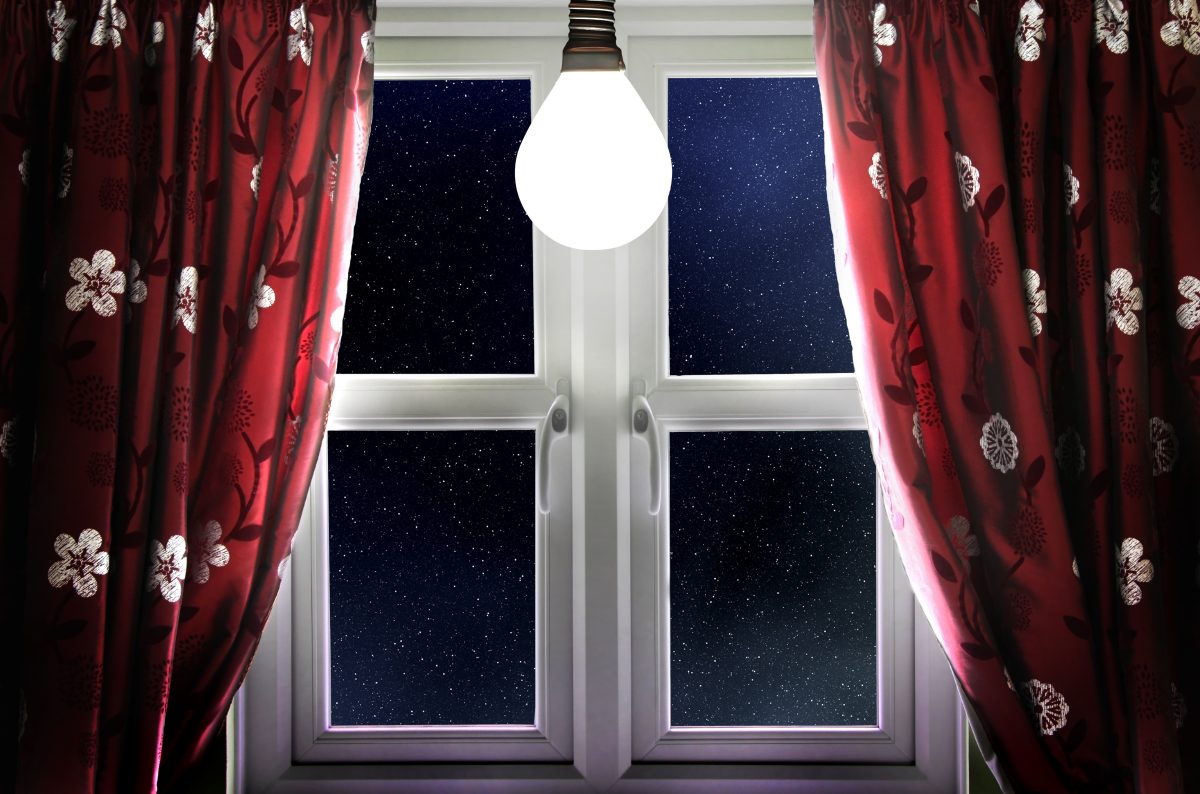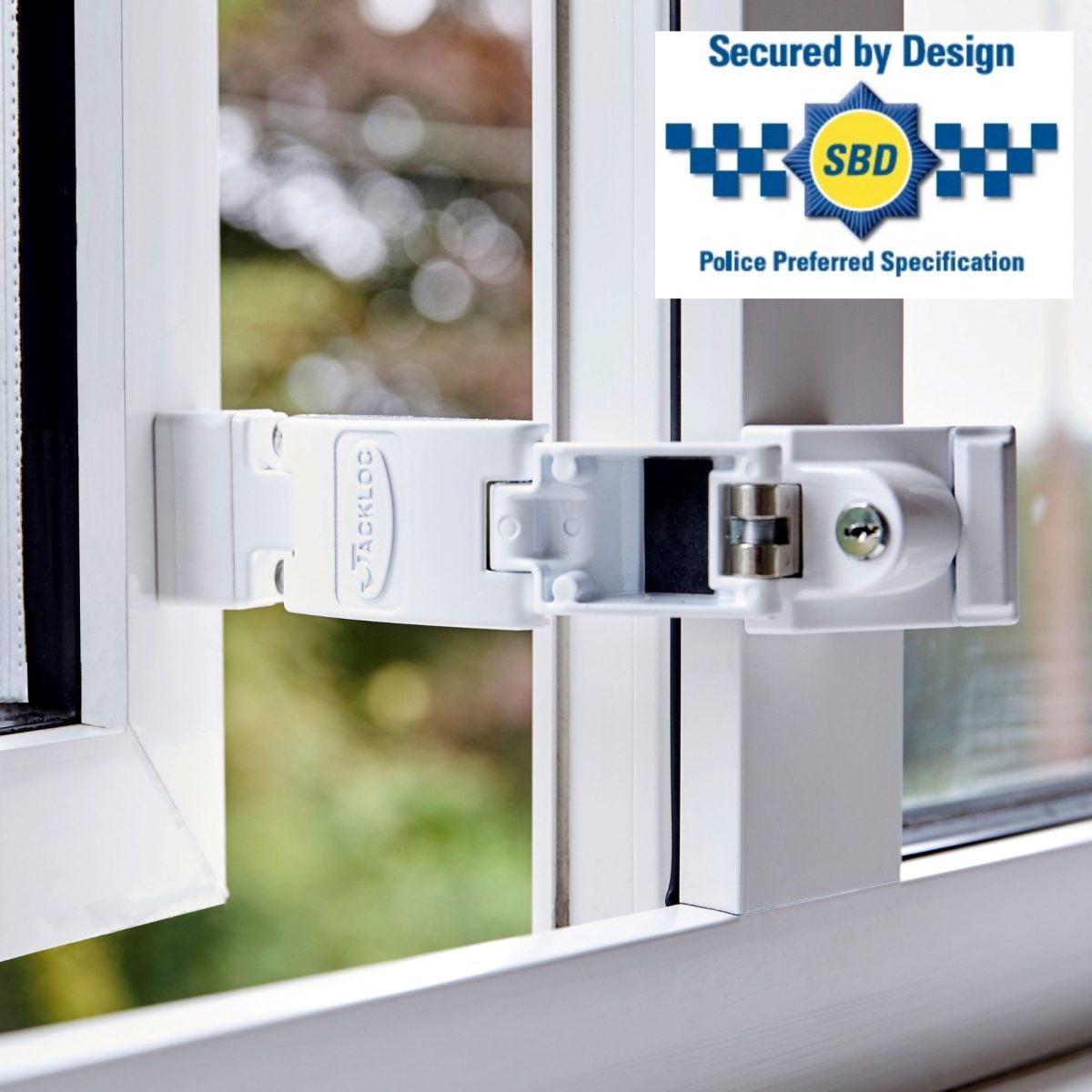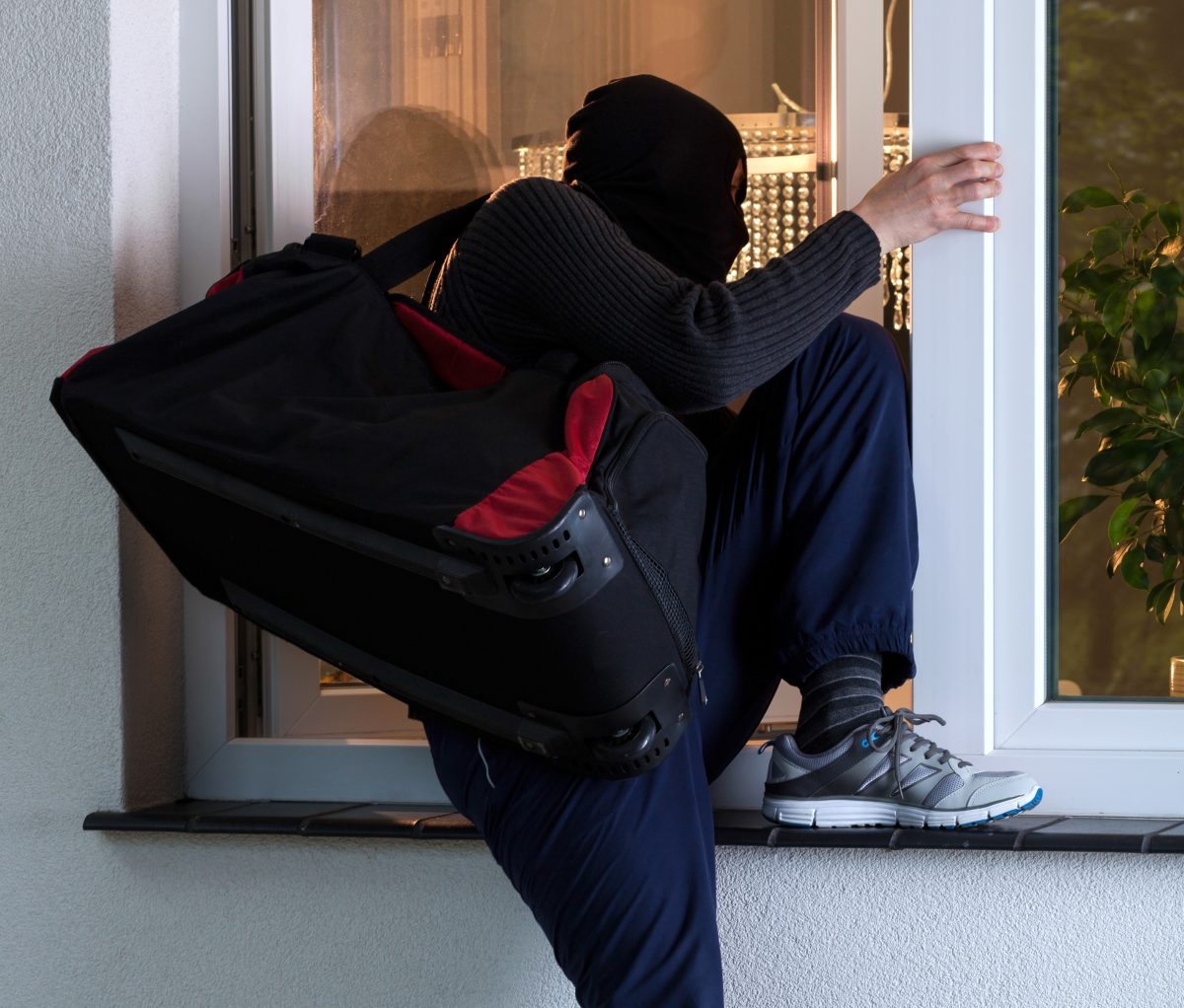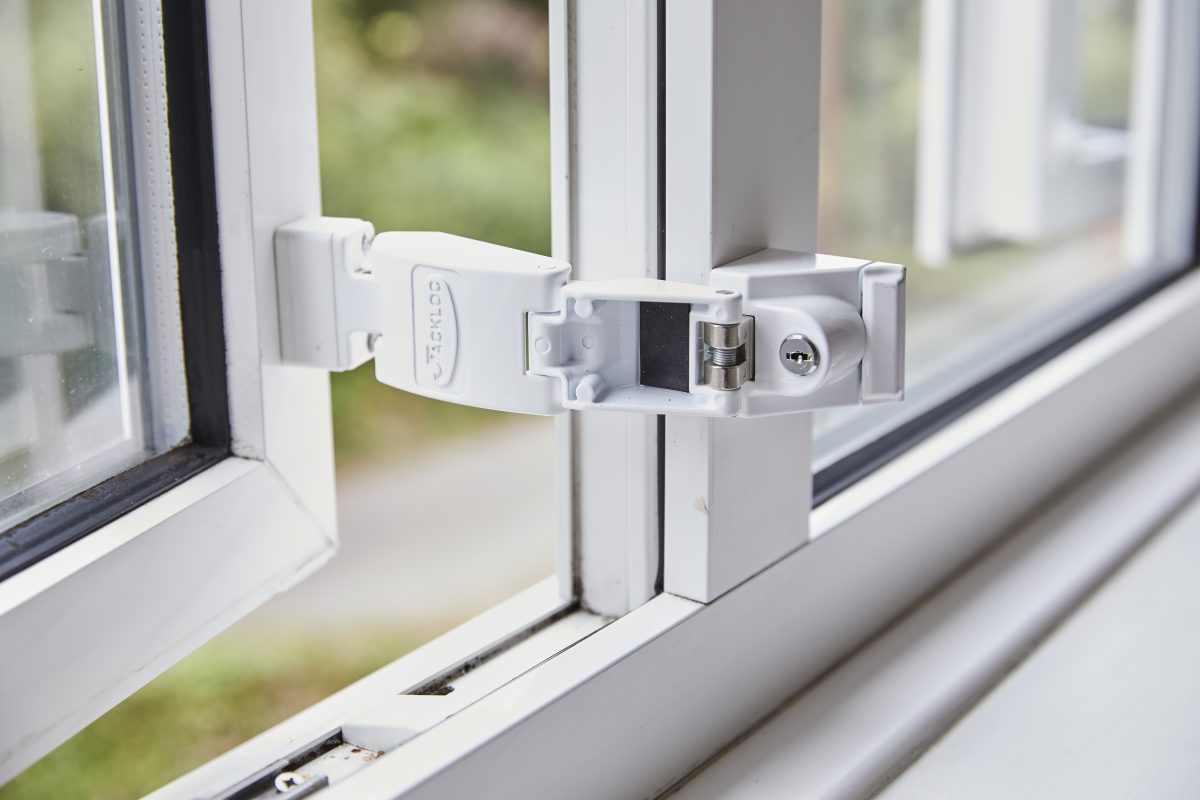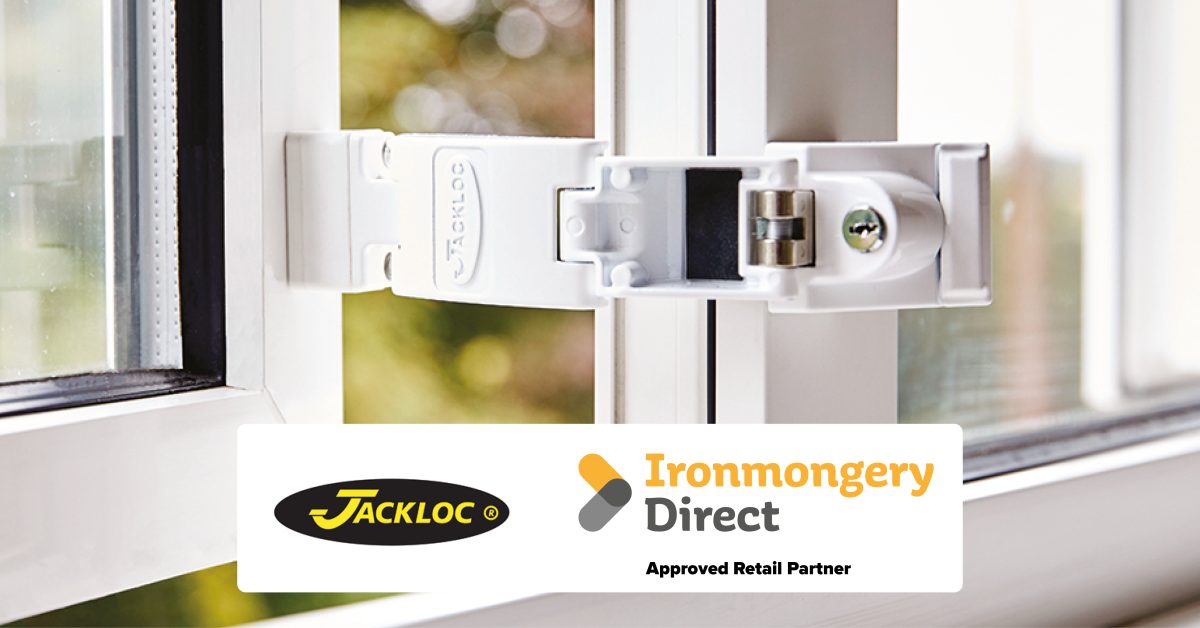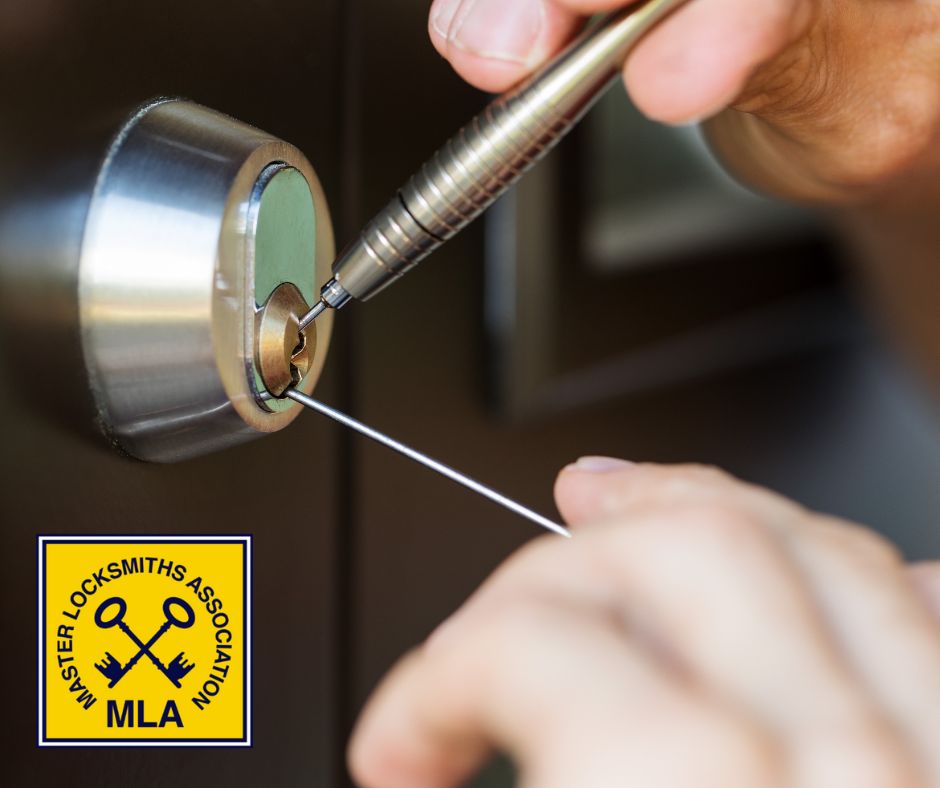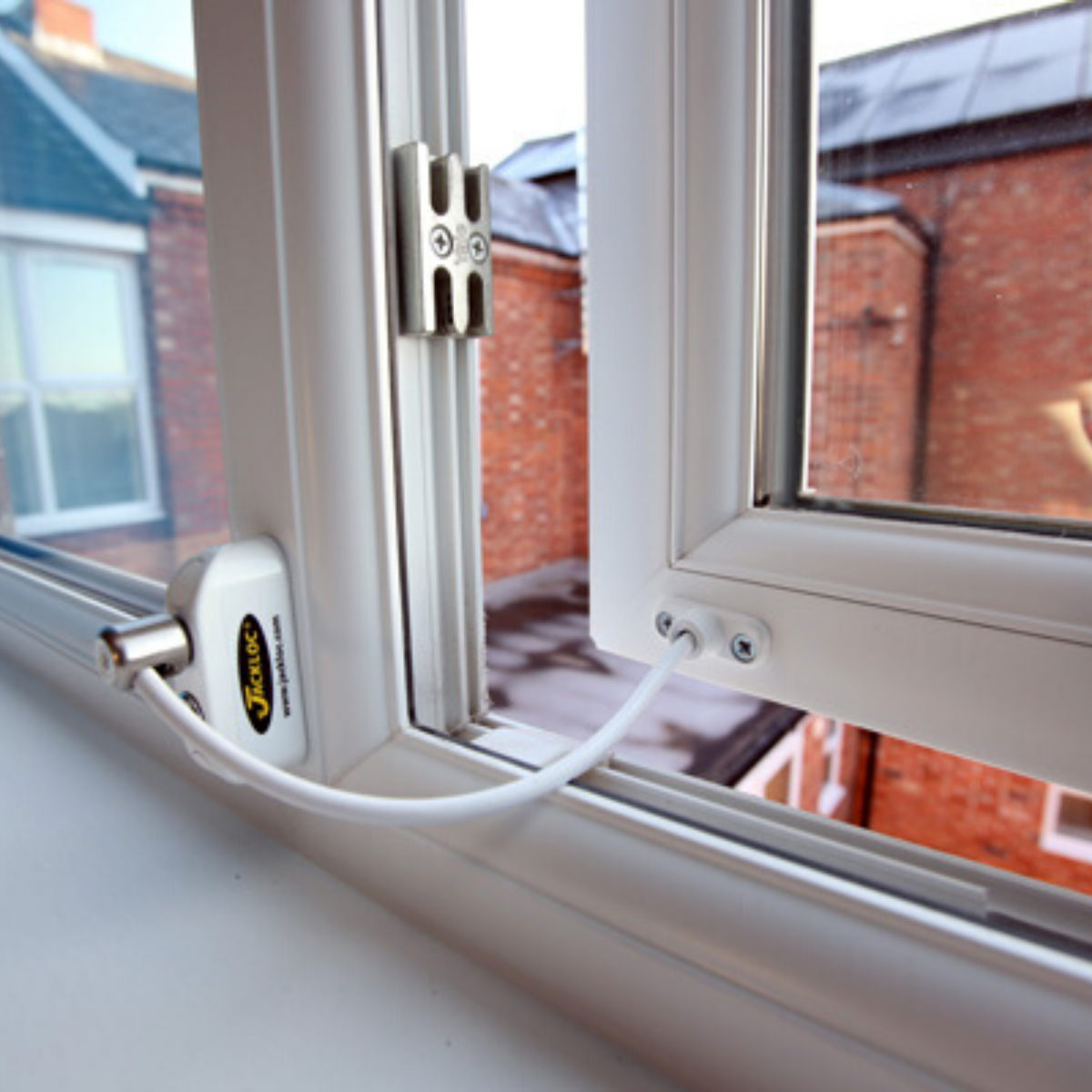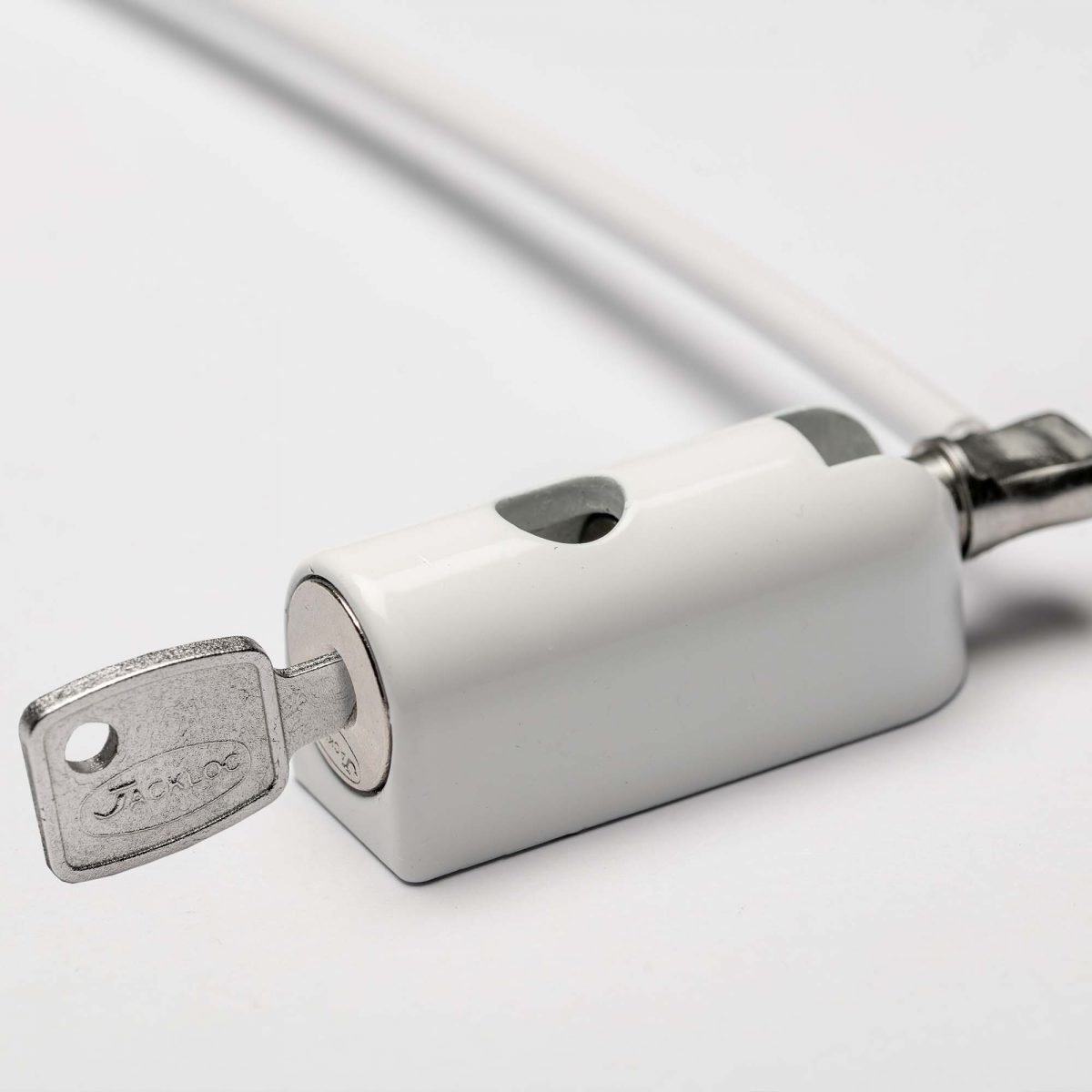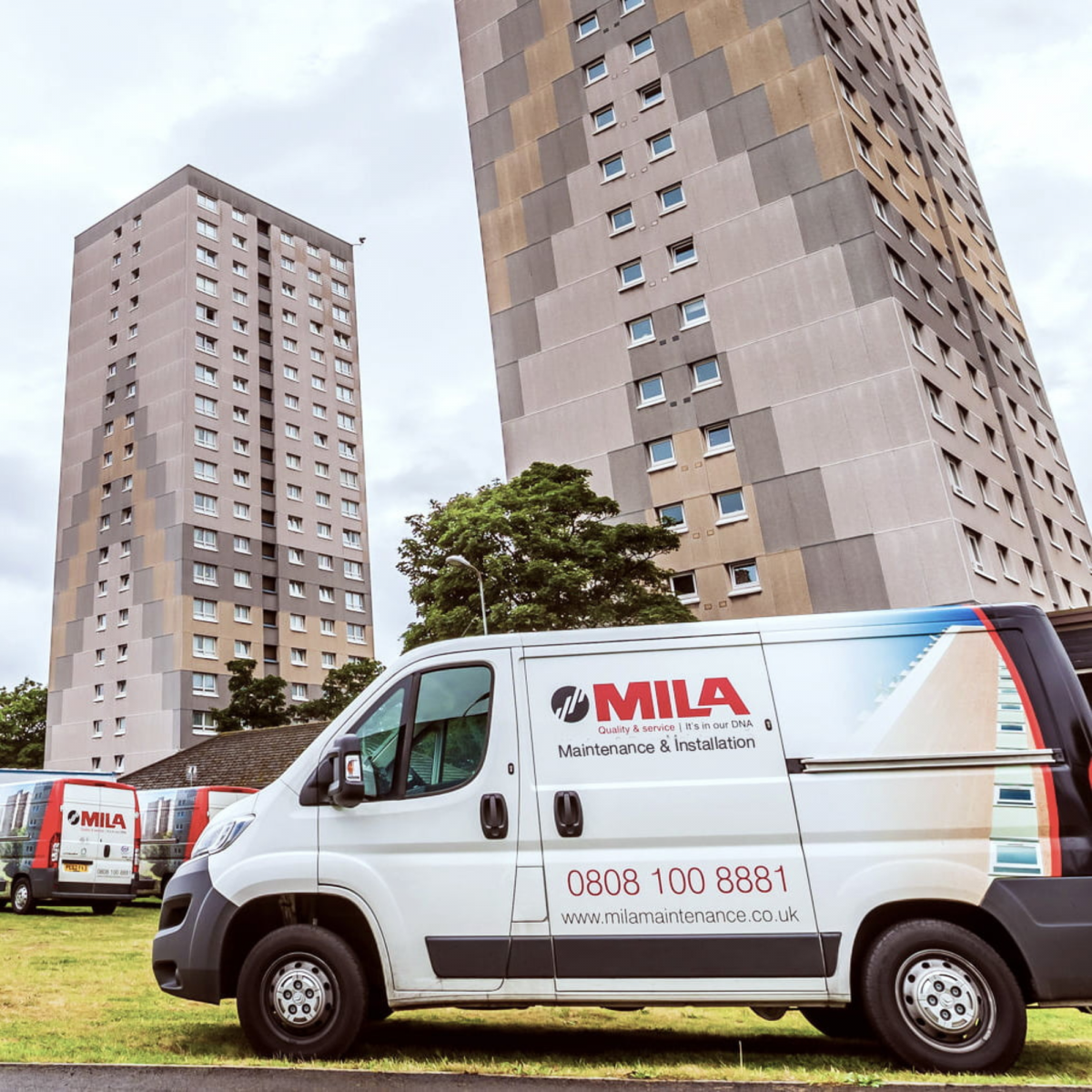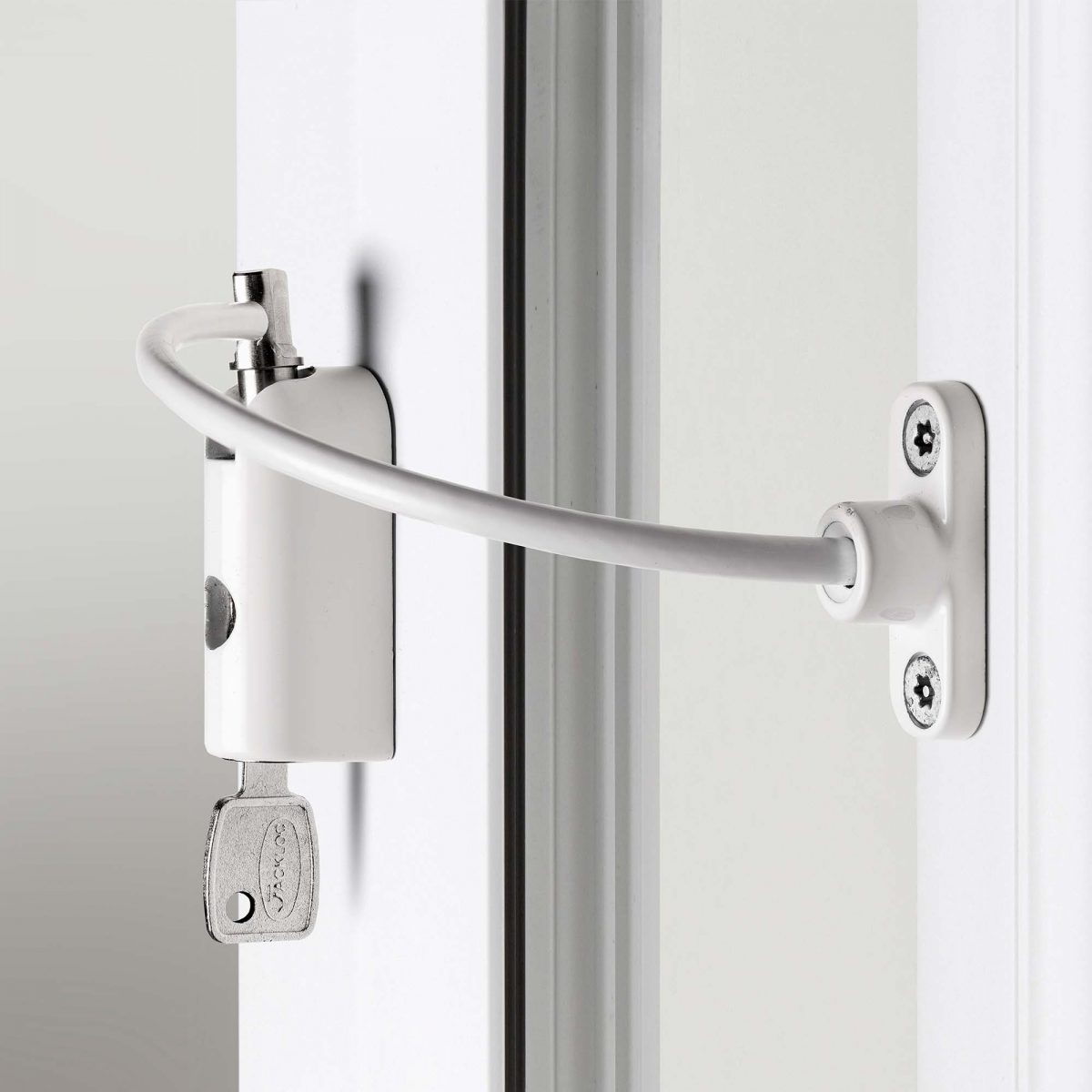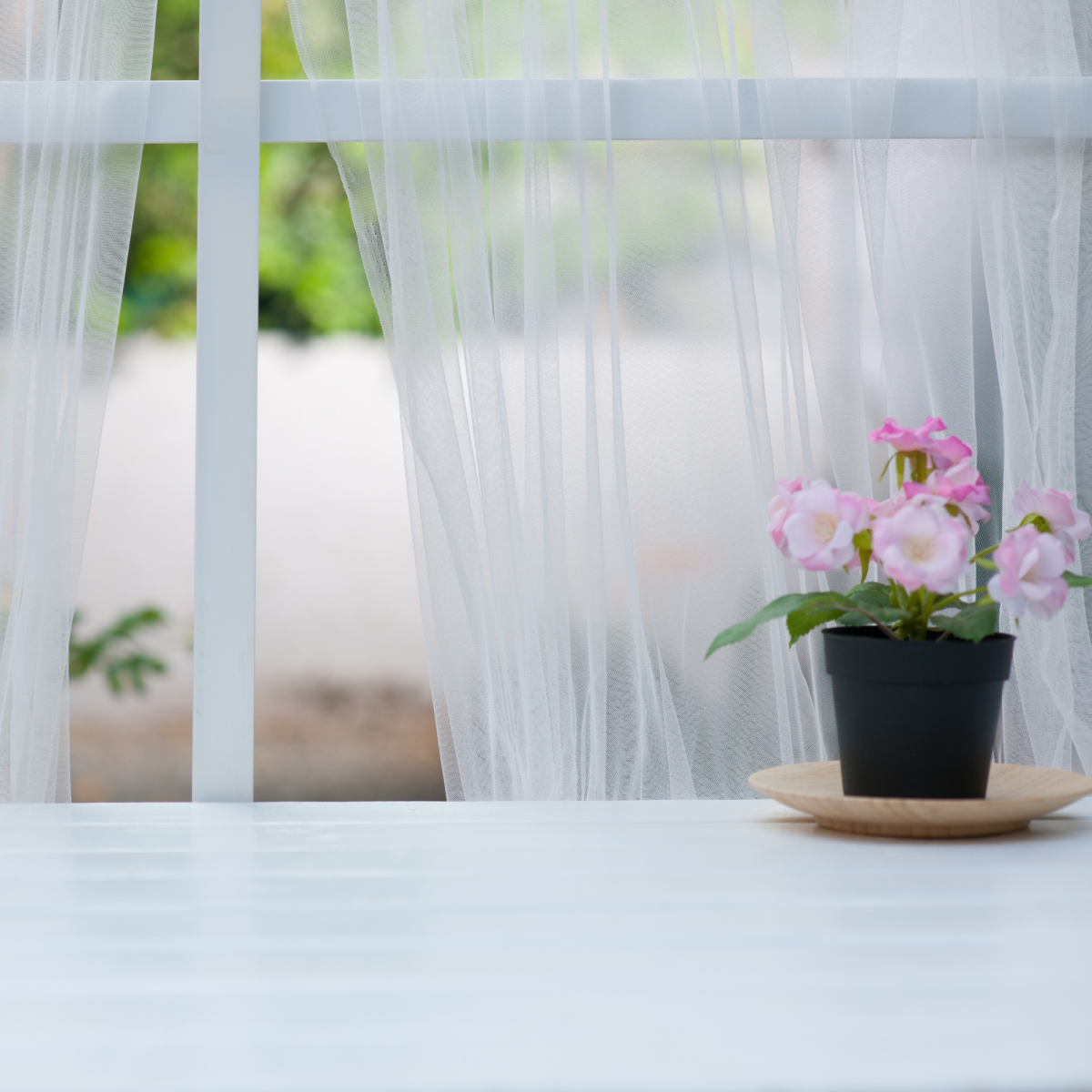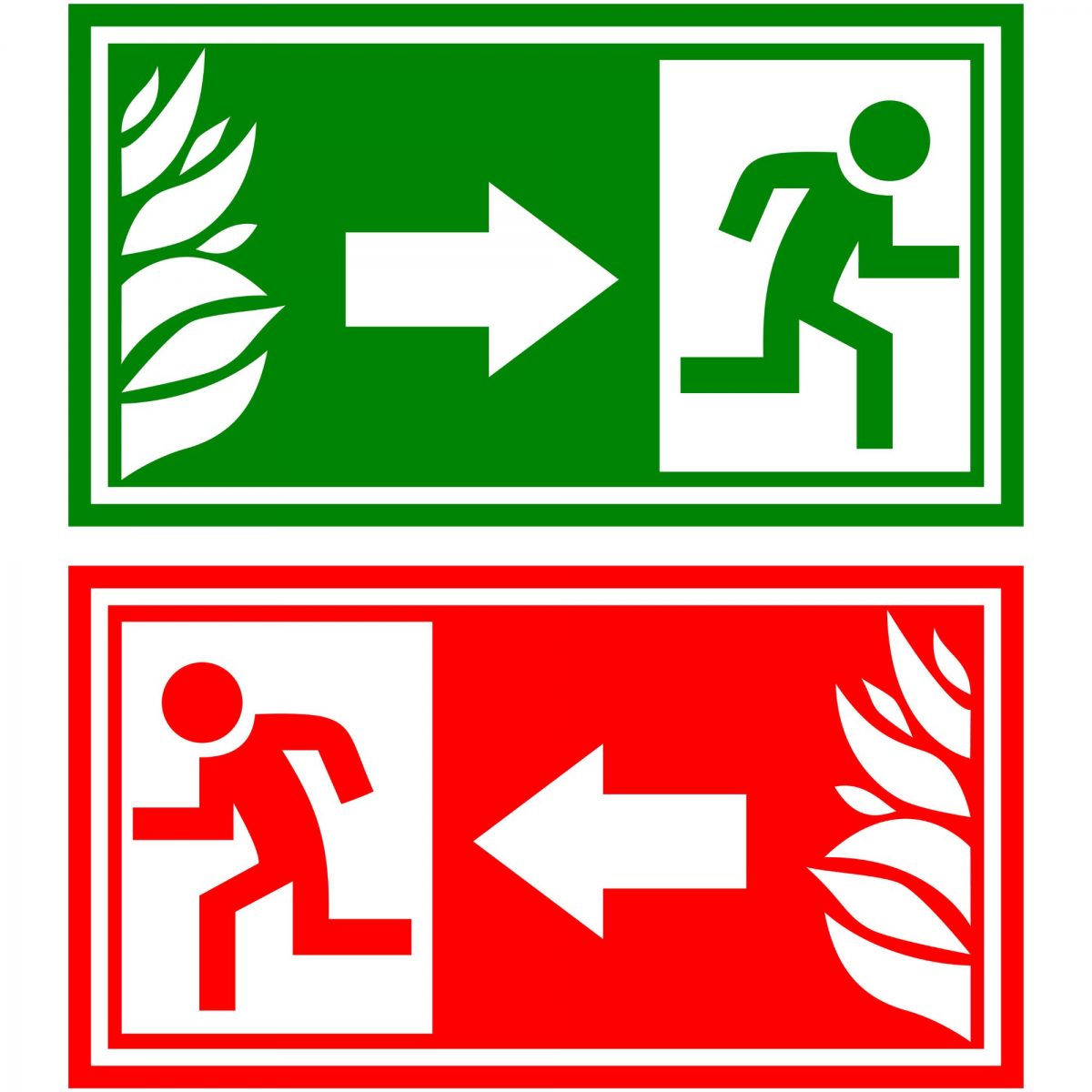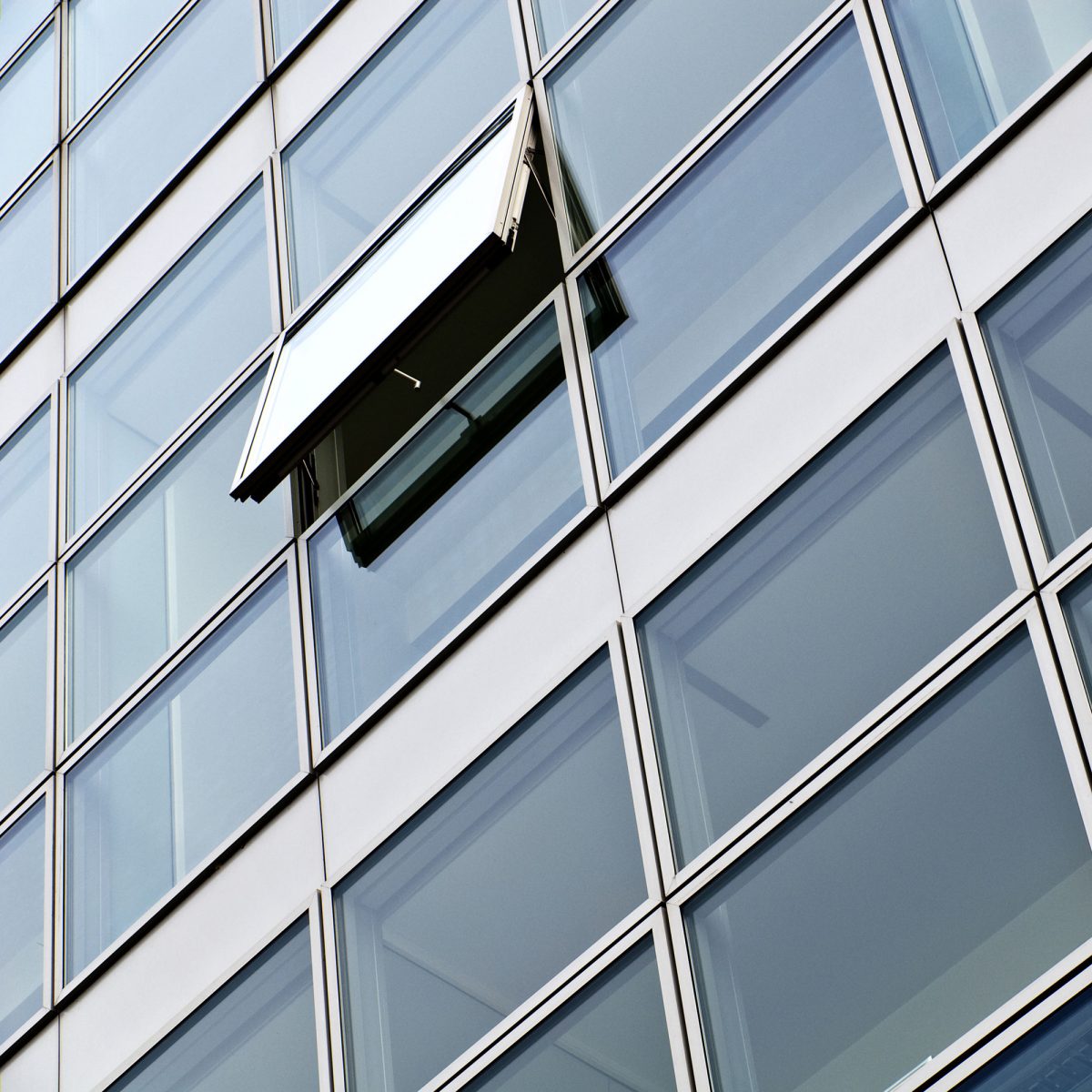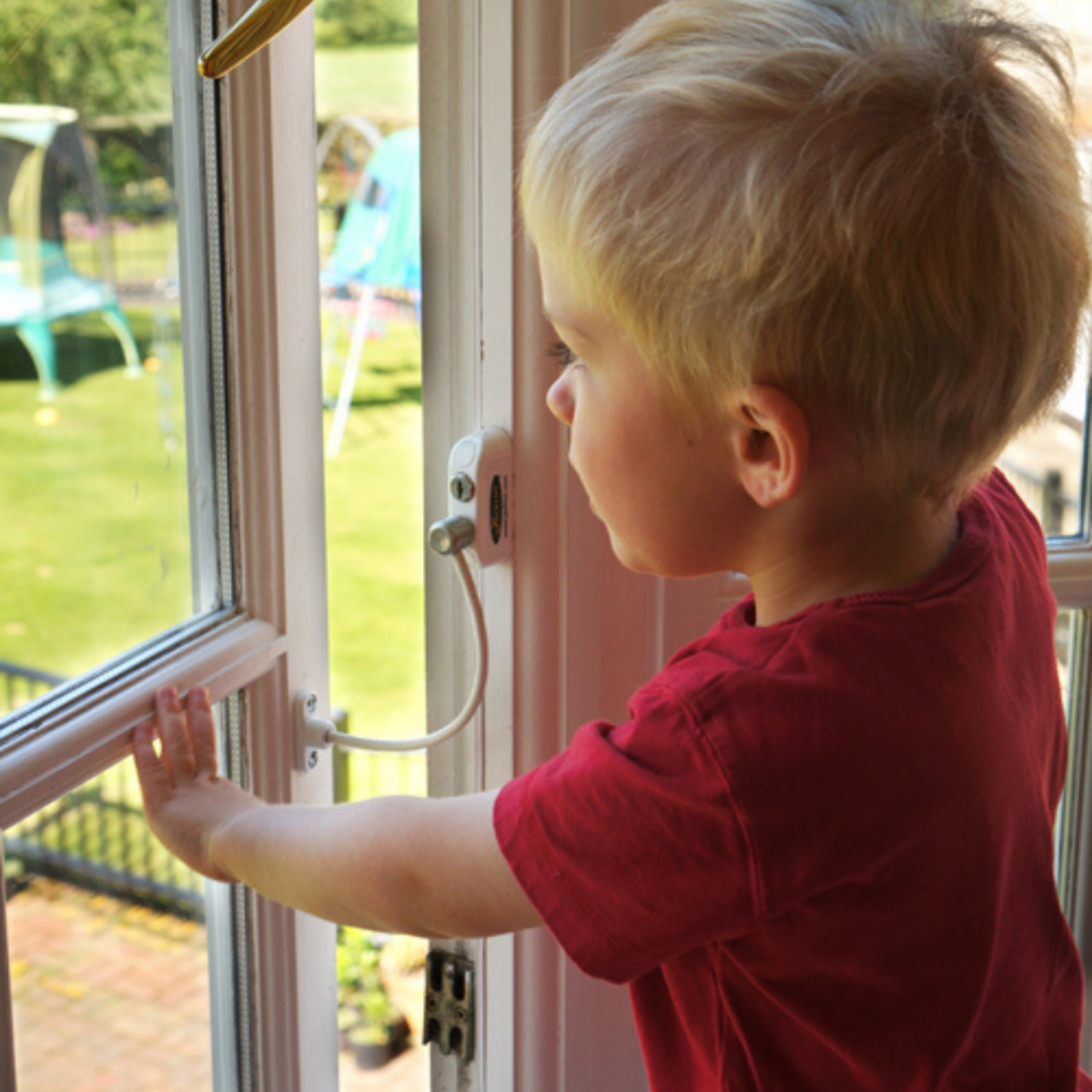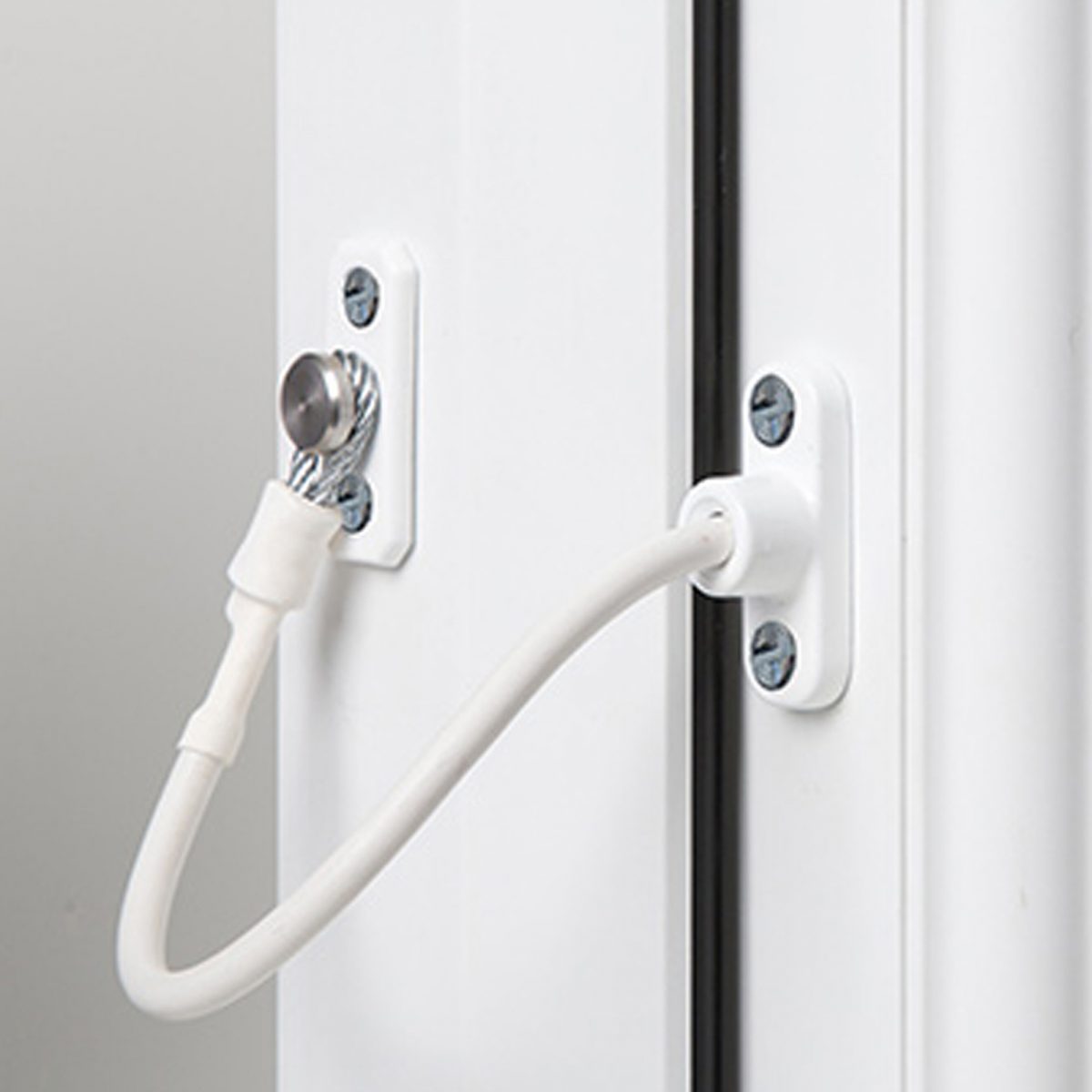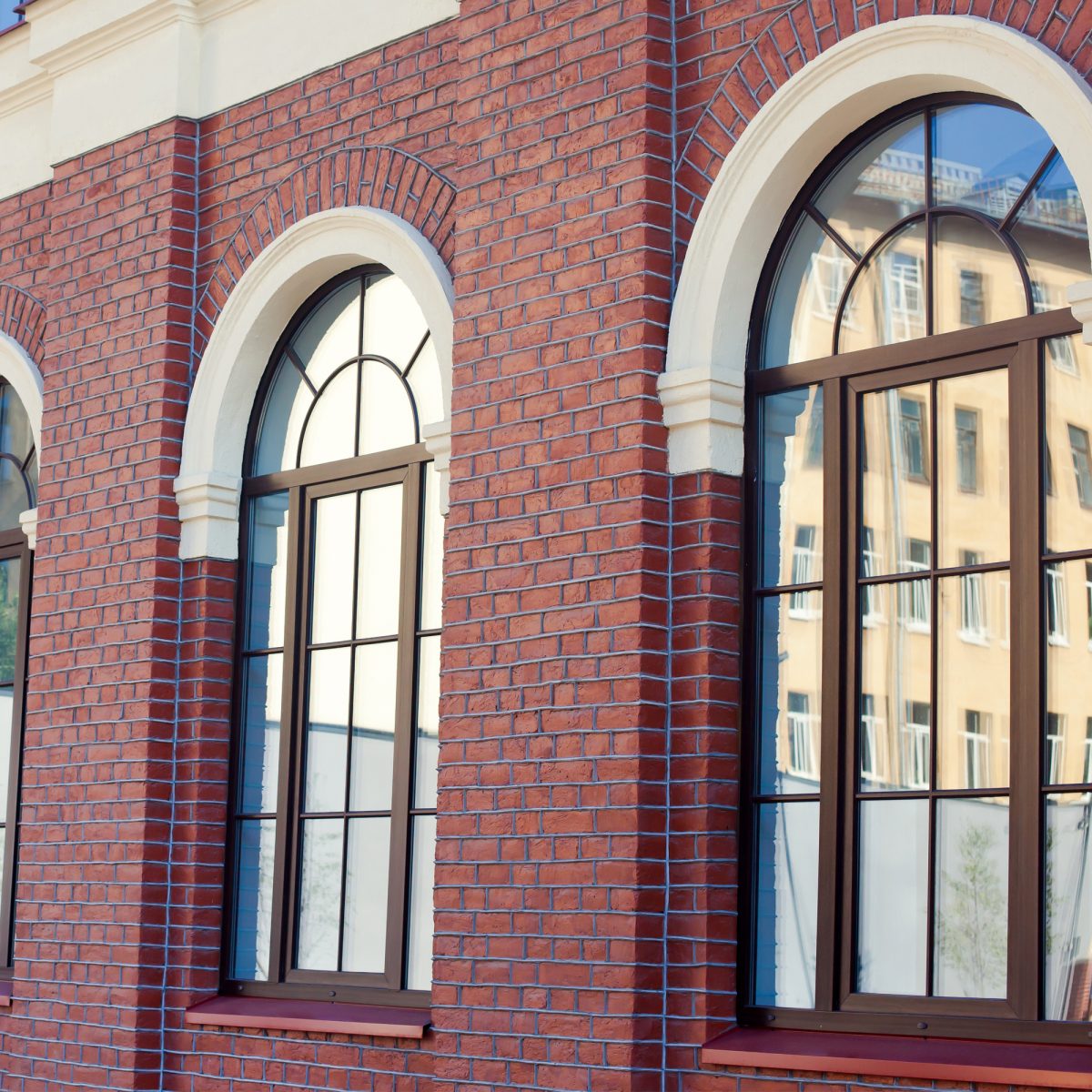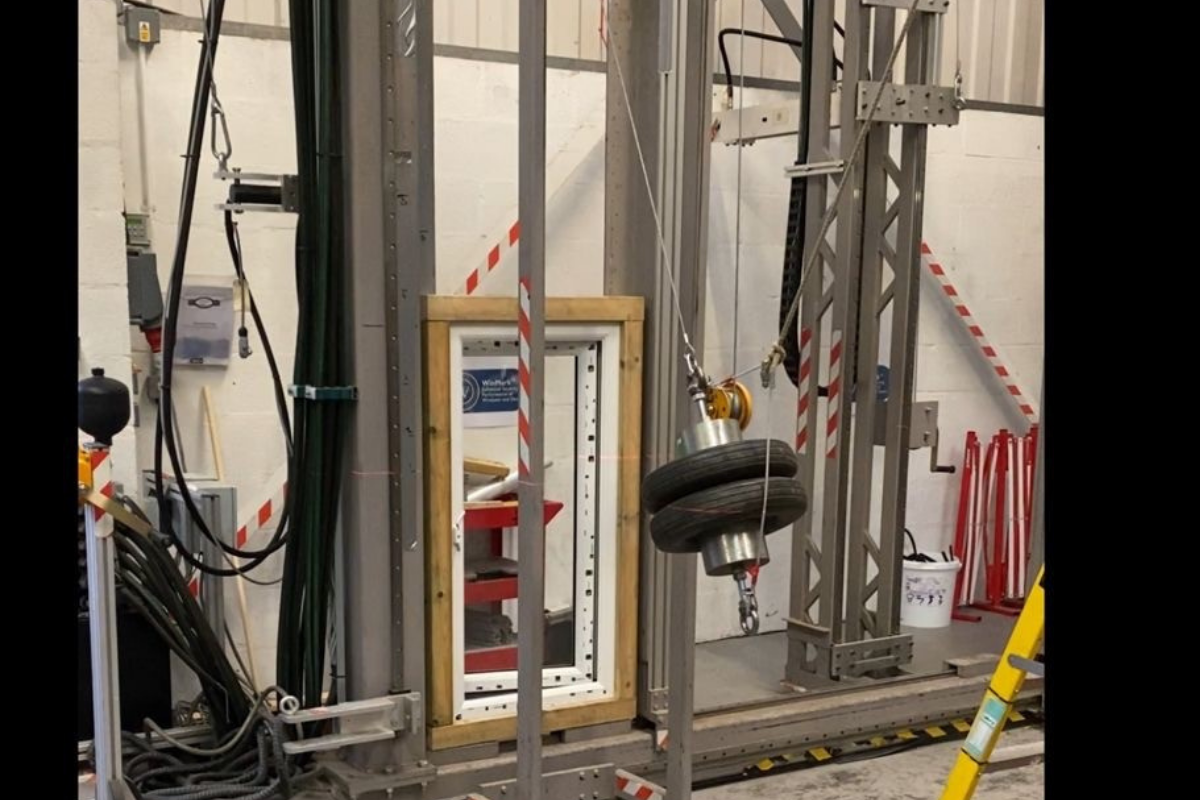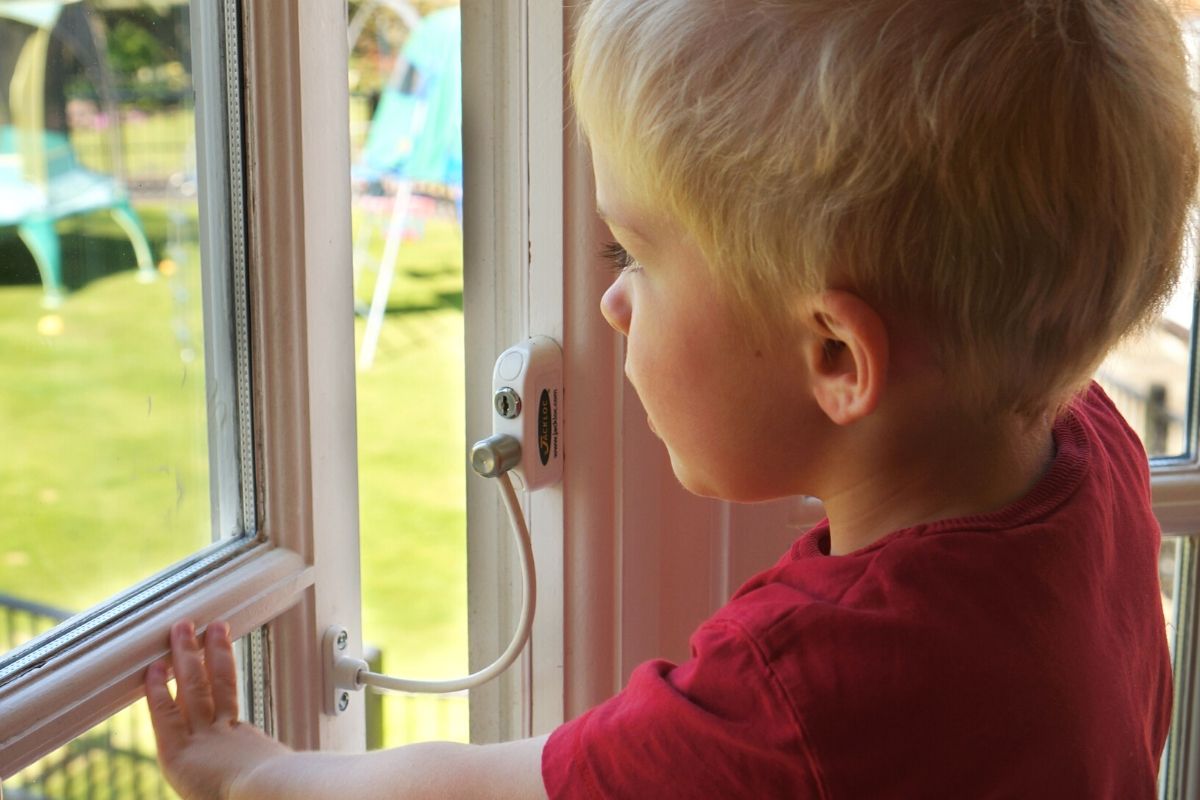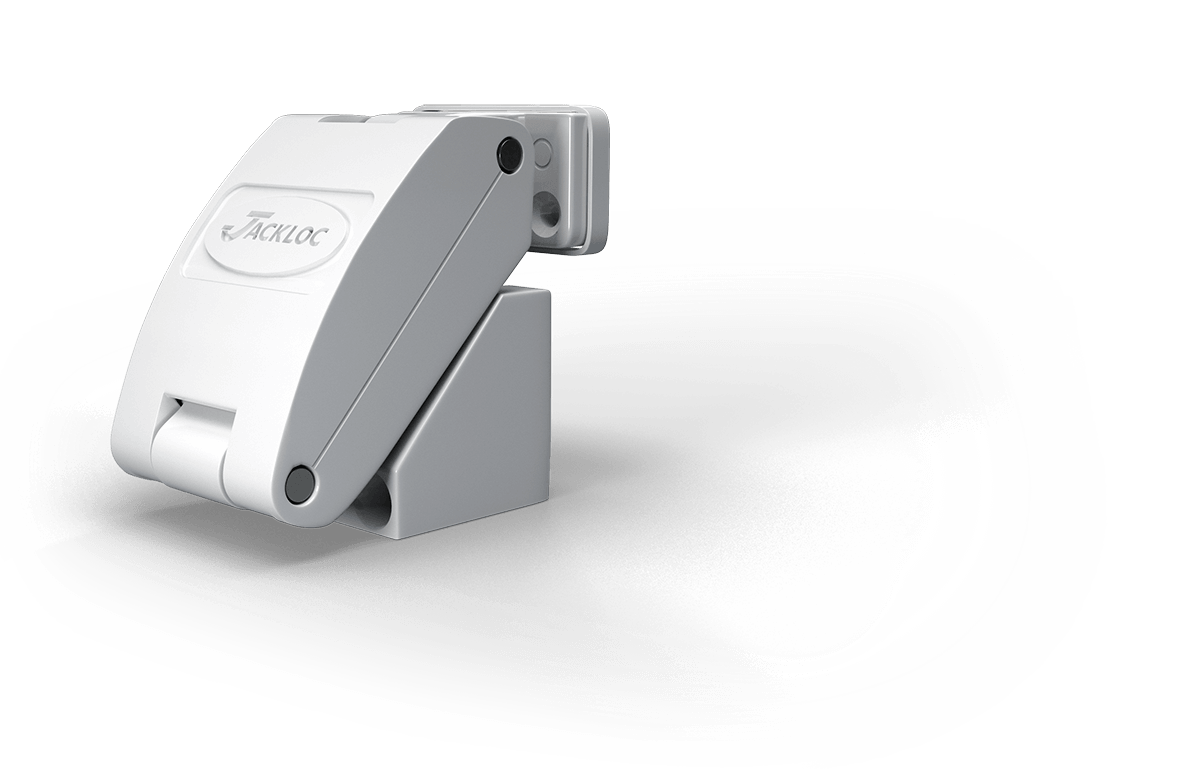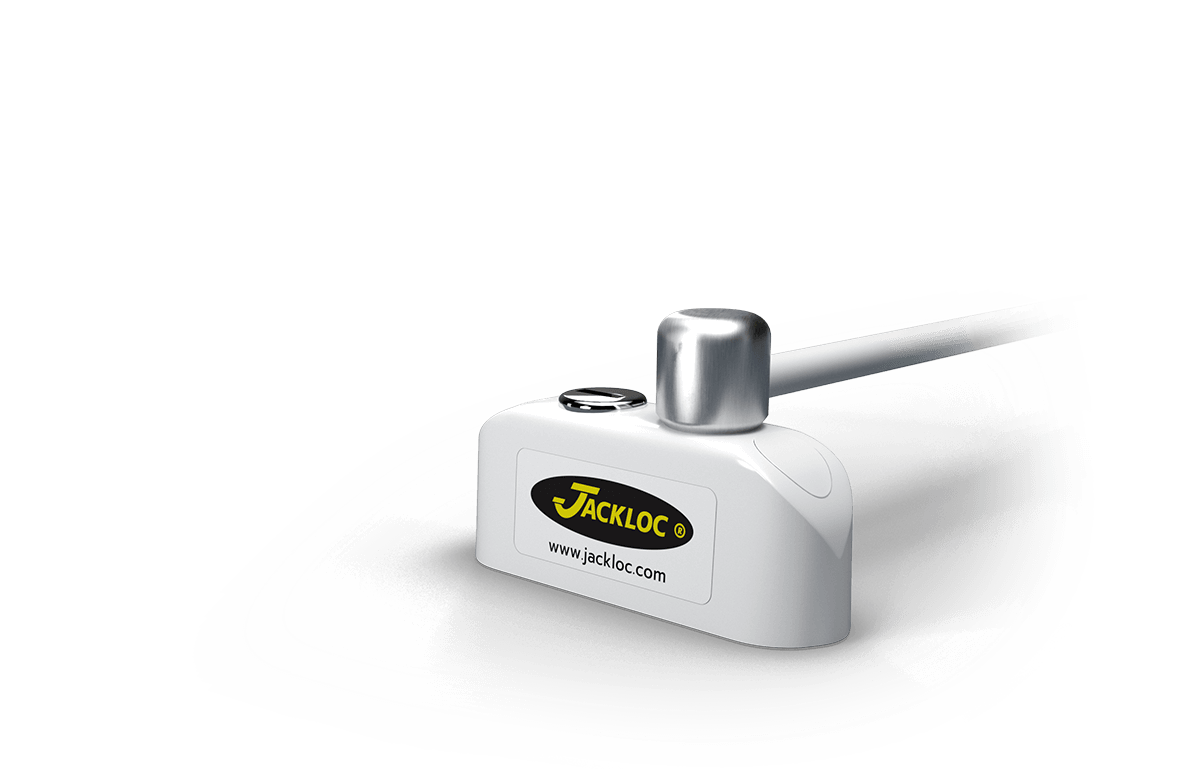Baby proofing is taking steps to make your home safe for your baby or toddler. With increased focus on opening windows for ventilation due to the Covid pandemic there’s a need to have more focus on window safety, particularly where babies and toddlers are concerned. To find out more read on for our guide to baby proofing windows.
In recent years the focus for many has been to keep babies and toddlers safe by keeping windows closed, but the Coronavirus pandemic has highlighted the health benefits and necessities of providing adequate airflow in a room by opening windows. Parents therefore need to consider how to baby-proof open windows. It doesn’t take long for babies to develop new movement abilities and so parents and carers need to plan ahead, putting in place window safety measures before babies are starting to reach out to windows.
Although a fall through the window is a parent’s worst nightmare, open access into the room can also present a danger.
Parents want to protect against three potential risks posed by windows.
1: Access into the home via a window
2: Falls from a window by a baby.
3: Falls from a windowsill into the room.
The Risks of Window Falls
According to Stanford Children’s health, around 4000 children per year require health treatment after falling from windows. Children below 5 years of age are more likely to receive critical – or fatal – head injuries. With most of these incidents taking place in spring and summer, when windows are more likely to be open. No wonder so many parents are asking ‘how do I stop my toddler from falling out the window?’
Baby-proof Window Restrictors
Window restrictors are devices that allow windows to be opened to a maximum of 100mm to allow for fresh air ventilation, yet they are strong enough to prevent a person falling out of or forcing their way in through a window.
When you choose a baby-safe window restrictor you will want to be confident that the product is reliable, you want to be able to trust it. With this in mind, we recommend you choose a product that is tested to British Standards and proven to hold a suitable force being applied to it. All Jackloc window restrictors exceed the British Standards for window restrictors. In fact, our range has been tested to exceed all British Standard requirements by up to 10 times to withstand a force of up to 74 stone, in order to reduce the risk of little ones (and adults) accidentally falling against the window and breaking the restrictor as well as preventing anyone from forcing their way in.
Choosing a style of baby-proof window restrictor
To baby-proof your windows you can choose from a wide range of types of products. You may want to choose a key-operated window restrictor such as the Pro-5 or Pro-5 Duo, these window cable restrictors allow the window to be fully opened with the key. If security is a major concern then you might prefer our strongest restrictor the Titan. Alternatively, you can choose a keyless twist and push mechanism such as the Perma or Pro-Twist. A consideration with the twist options is that when children get older they might be able to over-ride the window restrictor. In this case, the key-operated window restrictors or the Perma window restrictor might be better for your home.
Fitting a Baby-Proof Window Restrictor
Fortunately for busy parents, whichever window restrictor you choose, fitting a baby window restrictor is a quick and simple DIY task and we provide full instructions. They can be fitted to any window type, including sash, aluminum, uPVC and inward opening windows and just takes 10minutes. All you’ll need is a drill and a pencil.
Baby-proof Window Safety Tips
Additional safety steps that can be taken include:-
- Move household items away from windows to discourage toddlers from climbing to peer out.
- Don’t underestimate a toddler’s mobility; they tend to climb before they can walk.
- Don’t forget windowsills – if have a low window check the edges. If they form a harsh point then you do not want your child to fall into the window sill and knock its head. You can soften up harsh edges by using the same corner cushions that are used on tables. Not only can window sills hurt to fall into, but they are also great fun for little children to climb on. As well as forming a comfortable perch for little feet, window sills also reward your child with a view through the window of the outside.
Baby proofing precautions you might need to take include:
-
Fitting safety devices to mechanisms like doors, windows, or drawers
-
Adding barriers, like a baby gate, to keep your child away from hazards such as stairs or fireplaces
It’s also important to keep in mind that no safety measure can replace parental vigilance and careful supervision.
When Should You Baby Proof Your House?
Babies can develop very suddenly and so it is advisable to undertake most baby proofing tasks before your baby starts crawling, and even during pregnancy to get them out of the way before your baby’s arrival. However baby proofing is an ongoing task, so you may need to do several rounds of it and keep a watchful eye out for anything that may be unsafe as your infant becomes bigger and more agile.

